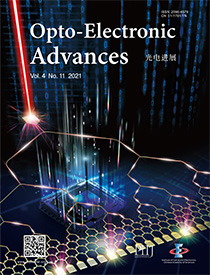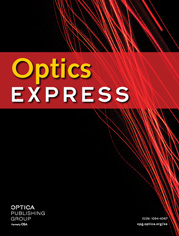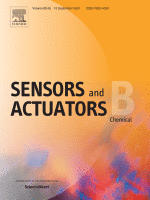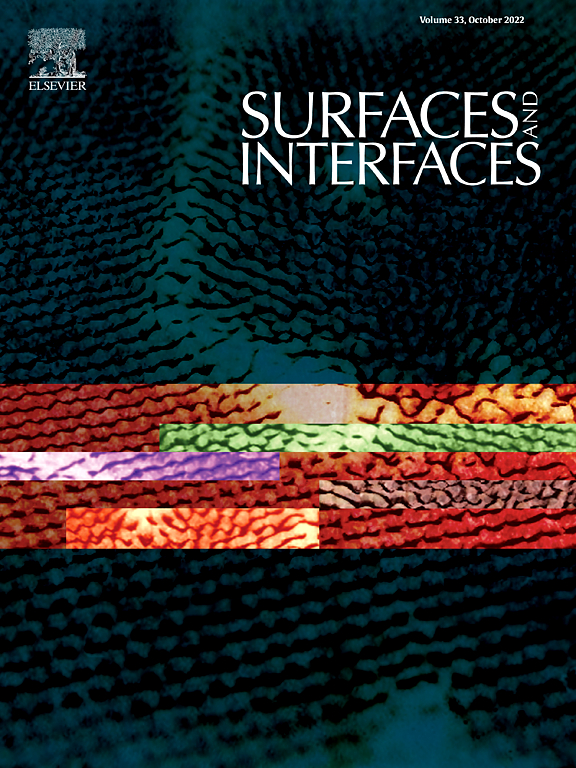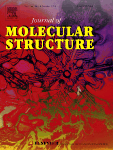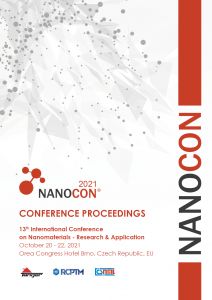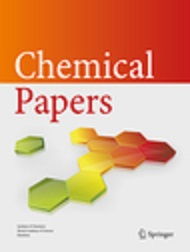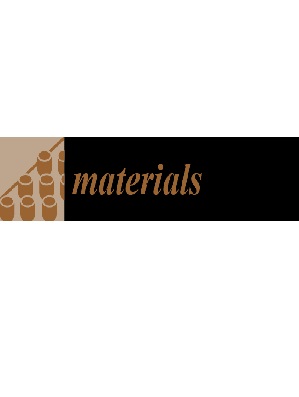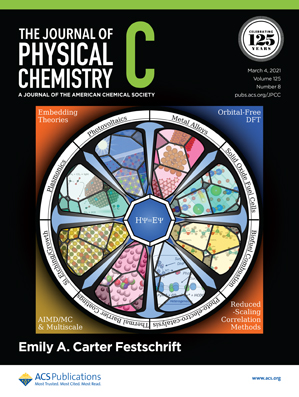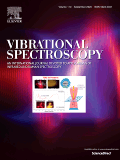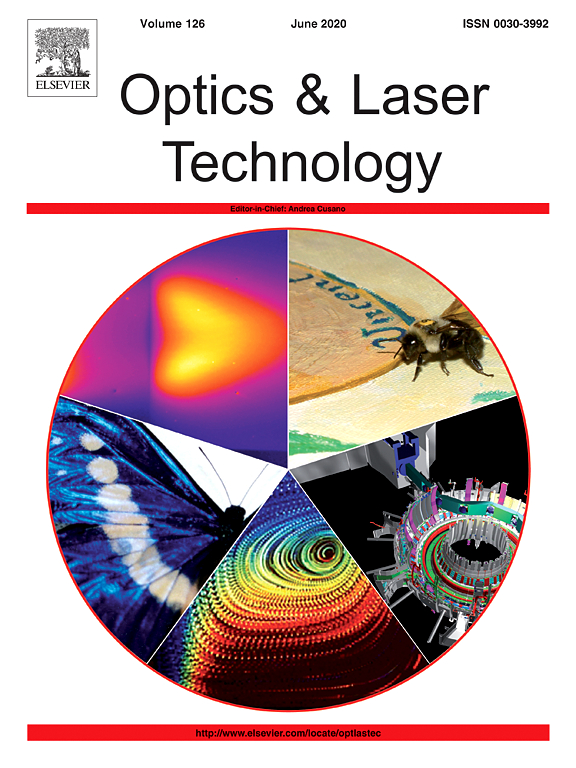Malwina Liszewska; Bartosz Bartosewicz; Bogusław Budner; Bartłomiej J. Jankiewicz
Raman spectroscopy has become a standard tool for identification of hazardous materials by first responders. However, despite many advantages of this technique, it has also a limitation, which is low sensitivity. This limitation could be overcome by Surfaced Enhanced Raman Spectroscopy, technique which still waits for real-world applications. In this paper, we present an overview of both methods, Raman and SERS spectroscopies, and examples of their uses for detection and identification of biological, chemical and explosive materials.
Keywords: Raman spectroscopy; SERS; hazardous materials detection



